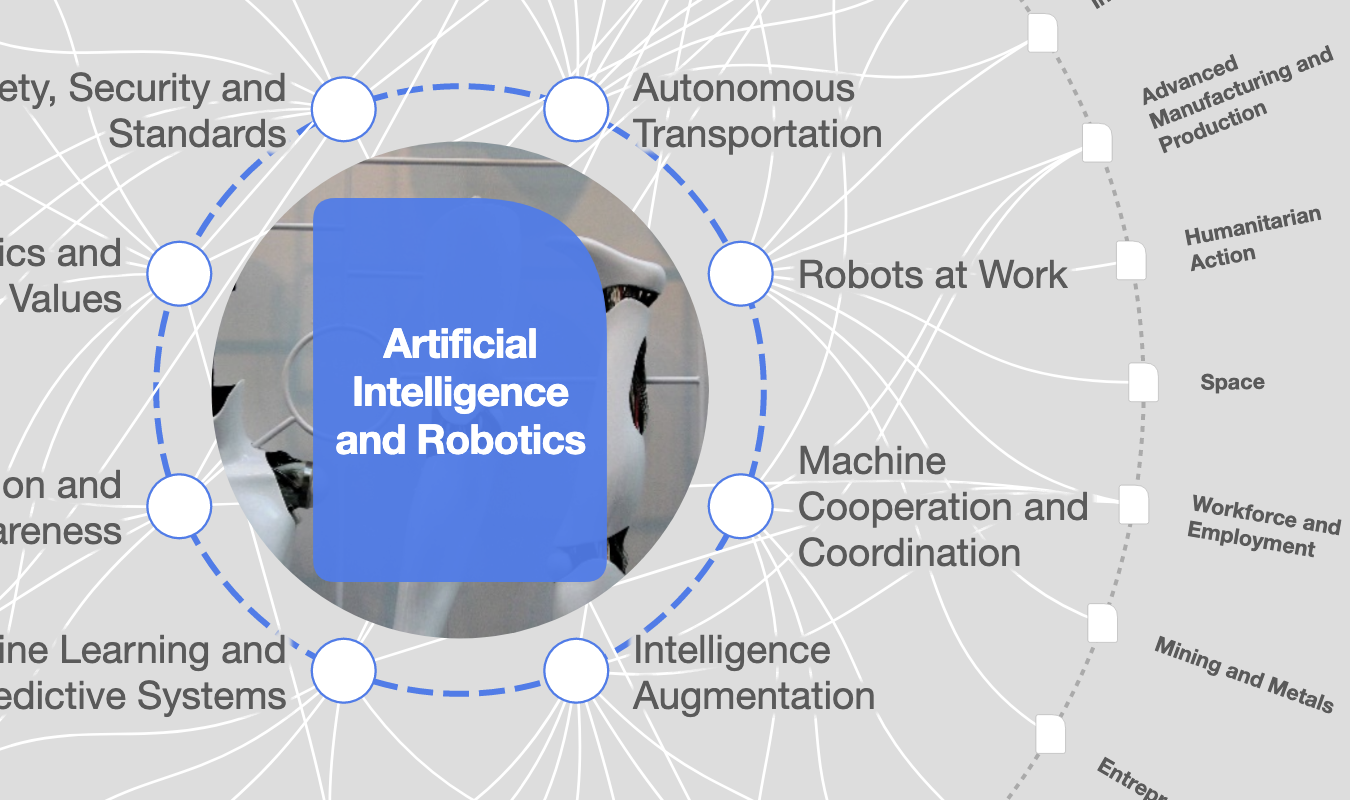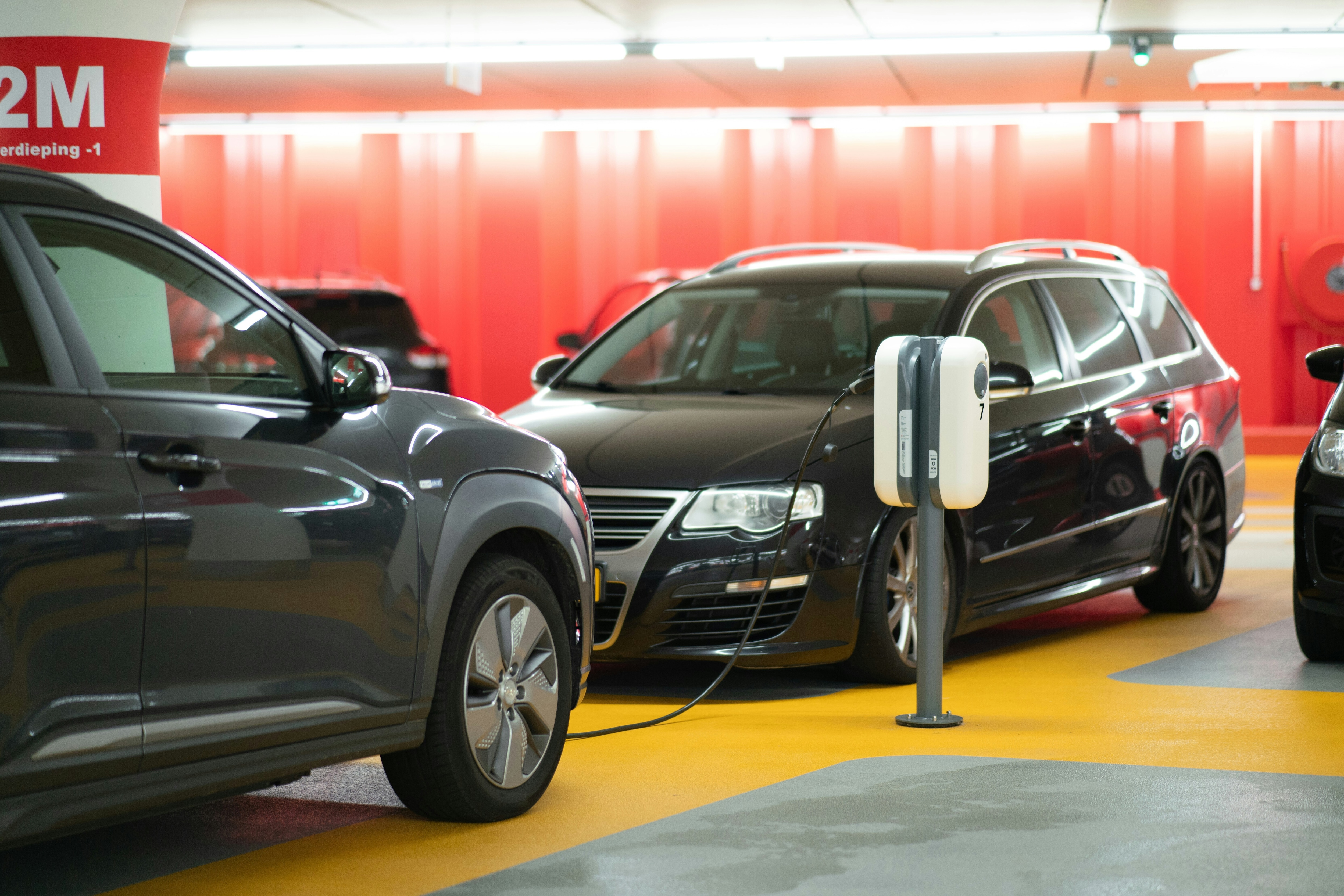Greening intelligence: Why AI infrastructure and governance must evolve together

AI infrastructure is evolving faster than regulation and governance. Image: REUTERS
Lee Poh Seng
Head and Professor of Mechanical Engineering; Executive Director, Energy Studies Institute, National University of Singapore (NUS)- Artificial intelligence (AI) infrastructure is evolving faster than the regulation needed to govern it.
- AI models' physical footprint, from compute power to thermal management, is surging.
- Asia can lead and model what integrated, forward-looking AI ecosystems should look like.
The rapid deployment of artificial intelligence (AI) technologies is transforming everything from data infrastructure to global governance.
While AI offers significant benefits – enhancing efficiency, enabling sustainability initiatives such as tracking the carbon footprint of products’ lifecycles and optimizing energy management – its scaling presents challenges.
As AI models grow in size and complexity, their physical footprint, from compute power to thermal management, is surging.
This impact raises concerns about the associated consumption of energy and water, e-waste (such as batteries and used servers) and the reliance on non-renewable resources, including rare earth elements, for hardware manufacturing.
Although technological innovation often aims to curb resource use, the Jevons Paradox suggests that efficiency gains might paradoxically increase overall resource consumption as AI usage rises.
At the same time, governance frameworks – from environmental law to digital regulation – are struggling to keep up. A new kind of tension is emerging: AI infrastructure is evolving faster than the regulation and governance needed to ensure it serves public and planetary interests.
This dynamic will increasingly influence decisions across policymaking, business and infrastructure investment domains.
Infrastructure and governance must co-evolve
Despite their apparent separation, the domains of infrastructure and digital governance are converging. Yet, this convergence remains underexplored in public discourse. Digitalization today reveals three critical mismatches:
- Functional mismatches: Silos among AI infrastructure, environmental sustainability and other areas such as finance.
- Spatial mismatches: Insufficient coordination across local, national and international governance scales.
- Temporal mismatches: A clash between the rapid deployment cycles of AI systems and the long-term needs of environmental and societal resilience.
Addressing these mismatches requires a holistic view, where infrastructure development and governance evolve in tandem. This is particularly critical for the Asia-Pacific region, where urban density, climate vulnerability and accelerated digitalization intersect.
Singapore’s approach is exemplified by the Green Data Centre Roadmap led by the Infocom Media Development Authority (IMDA) and the Economic Development Board; the Model AI Governance Framework for Generative AI developed by IMDA and the AI Verify Foundation; and the broader Singapore Green Plan 2030.
They demonstrate early efforts to align infrastructure and governance frameworks to advance sustainable digital ecosystems.
The infrastructure shift
AI development increases the demand for advanced digital infrastructure, notably data centres. The ecosystem faces stress across multiple dimensions – from electricity grids to e-waste management.
Air cooling is reaching its thermodynamic limits. With rack densities projected to reach up to 600 kilowatts, traditional air-cooling systems cannot handle the intense thermal loads generated by next-generation AI hardware.
The transition toward liquid and hybrid cooling technologies is essential and has profound implications for infrastructure design, financing, safety and international standards.
Liquid cooling solutions, such as direct-to-chip and immersion cooling, offer far greater thermal transfer efficiency and reduce energy and spatial footprints.
However, they introduce new operational challenges, including coolant selection, maintenance protocols and risk management. These must be matched by updated governance mechanisms ensuring sustainable and safe deployments.
At the same time, a comprehensive environmental assessment of AI infrastructure should encompass Scope 1, 2 and 3 emissions, consistent with the Greenhouse Gas Protocol, covering energy usage, embodied carbon in manufacturing and end-of-life material impacts.
Singapore and Asia are uniquely positioned to drive the next phase of sustainable AI governance.
”The regulatory lag
Regulatory frameworks struggle to keep pace with the rapid development of AI infrastructure and systems. Without proactive management, there is a growing risk of:
- Fragmented regulatory compliance regimes across jurisdictions.
- Regulatory arbitrage, favouring lower-standard environments.
- Inconsistent or incomplete sustainability reporting.
Managing this effectively requires clear, interoperable sustainability standards for AI infrastructure. These standards should support environmental impact assessments, cross-border regulatory coherence and harmonized reporting frameworks.
Infrastructure demands will diverge significantly as AI systems become more complex, spanning general-purpose foundation models and domain-specific deployments. Governance frameworks must be flexible enough to accommodate these variations without compromising sustainability goals.
Real-time infrastructure telemetry – covering energy use, water consumption, thermal efficiency and emissions – should be transparently collected and disclosed as part of credible AI environmental assessments.
These practices should align with current evolving standards – those being evolved by the International Organization for Standardization – ISO/IEC SC42 – and the Institute of Electrical Engineer's P7100 Environmental Impacts of Artificial Intelligence Working Group are two such examples.
Singapore’s efforts – such as the Green Mark for Data Centres: 2024 (the Building and Construction Authorities and IMDA) and the Energy Efficiency Grant for Data Centres administered by Enterprise Singapore – are good examples of proactive regulatory innovation to encourage sustainability leadership.
A cooperative process
Achieving sustainable AI demands integrated action by governments, industry players, academic institutions and the broader community to ensure that digital infrastructure grows in harmony with environmental and societal goals.
Worldwide, cooperative frameworks that aim to embed sustainability into the heart of AI development appear to be gradually emerging.
In Europe, the European Union’s AI Act 2024 mandates that providers of general-purpose AI models document their energy consumption – a first step toward holding the sector accountable for its environmental footprint.
Meanwhile, Singapore’s Green Data Centre Roadmap promotes efficiency upgrades, certification standards and sustainable operations.
It can work with the ASEAN Guide on AI Governance and Ethics, which, if properly managed, may steer members toward more robust environmental evaluations throughout the AI lifecycle.
International organizations such as the Institute of Electrical and Electronics Engineers, ISO/IEC SC42, UNESCO and the Organization for Economic Co-operation and Development are also laying the groundwork for globally recognized sustainability standards tailored to AI infrastructure.
What emerges is that Asia has a vital opportunity to lead by example – not only by adopting best practices but also by shaping future standards and governance models.
There is a growing recognition that sustainability must be embedded into every phase of AI’s lifecycle – from the design of models and infrastructure to their deployment and eventual decommissioning.
To succeed, the region must prioritize several key areas:
- Conducting full lifecycle impact assessments.
- Managing infrastructure complexity.
- Improving transparency in resource usage.
- Fostering regulatory innovation.
- Advancing cross-border standardization.
By linking infrastructure development directly with environmental responsibility, the region can model what integrated, forward-looking AI ecosystems can and must become.
Don't miss any update on this topic
Create a free account and access your personalized content collection with our latest publications and analyses.
License and Republishing
World Economic Forum articles may be republished in accordance with the Creative Commons Attribution-NonCommercial-NoDerivatives 4.0 International Public License, and in accordance with our Terms of Use.
The views expressed in this article are those of the author alone and not the World Economic Forum.
Stay up to date:
Artificial Intelligence
Related topics:
Forum Stories newsletter
Bringing you weekly curated insights and analysis on the global issues that matter.
More on Climate Action and Waste Reduction See all
December 22, 2025






